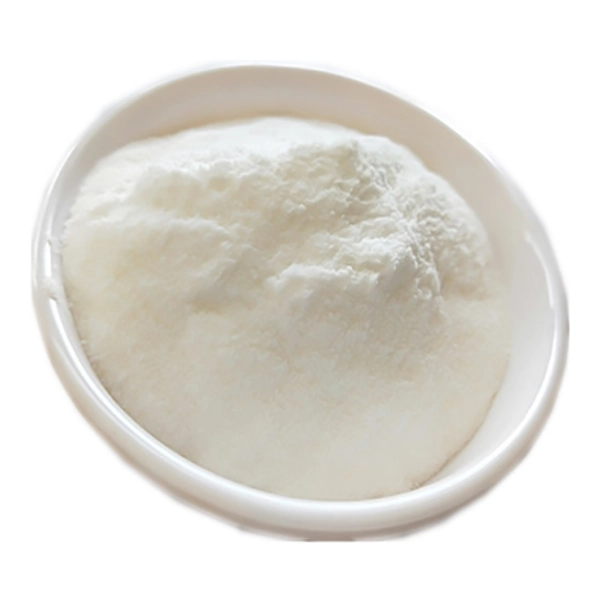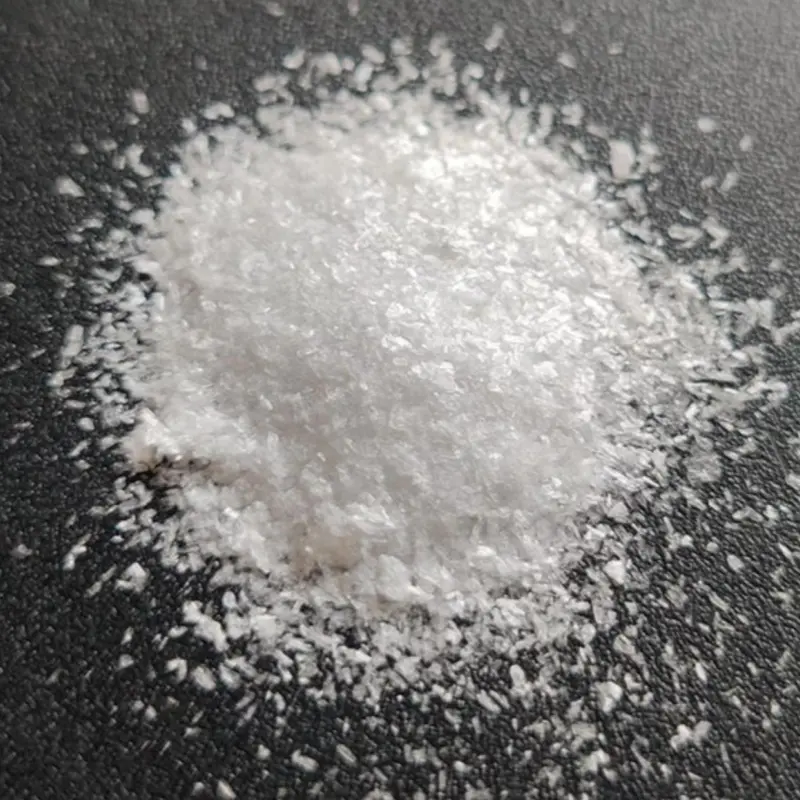+86-15212299029
- All
- Product Name
- Product Keyword
- Product Model
- Product Summary
- Product Description
- Multi Field Search
Views: 220 Author: tcchems Publish Time: 2025-10-29 Origin: Site











Content Menu
● Practical guidance for safe combination
● Sample routines (two-week plan)
● Troubleshooting common issues
● Alternatives and enhancements
● Safety and efficacy expectations
Skincare routines continually evolve as new ingredients emerge, and two forerunners in brightening and anti-aging regimens are alpha arbutin and retinol. People often wonder whether these two powerhouse ingredients can be used together or if they should be alternated to maximize benefits while minimizing potential irritation. This article explores how alpha arbutin and retinol work, how to combine them safely, practical routines, and common questions to help you make informed decisions about incorporating both into your skincare.

Alpha arbutin is a stabilized form of hydroquinone precursor derived from bearberry plants. It targets hyperpigmentation by inhibiting tyrosinase, an enzyme involved in melanin production. Compared to some professional-grade agents, alpha arbutin is generally well tolerated and suitable for most skin types when used correctly. It is typically incorporated into serums or creams at concentrations ranging from 1% to 2%, depending on product formulation and individual skin sensitivity.
Retinol is a vitamin A derivative that promotes cell turnover and collagen production. It helps reduce the appearance of fine lines, improve skin texture, and support overall radiance. Retinol can be potent and may cause transient irritation, especially when first introduced or used in high concentrations. Starting with a lower frequency and gradually increasing usage can help many users acclimate without excessive redness or peeling.
The short answer is: it depends on your skin type, tolerance, and how you layer products. In many routines, alpha arbutin and retinol can be used in the same day, but not at the same time in the same layer. A common approach is to use alpha arbutin in the morning and retinol at night. This separation reduces the likelihood of irritation while still delivering benefits from both ingredients.
If you prefer to use both in the same routine, consider applying them at different times of day or using a buffered approach, such as applying alpha arbutin first, waiting a short period, and then applying retinol or vice versa. Additionally, using a gentle moisturizer and a broad-spectrum sunscreen during the day is essential when introducing actives like retinol and arbutin.
- Start slow: Introduce one active at a time to gauge tolerance. If you are new to retinol, begin with a low concentration (for example, 0.25% to 0.3%) and apply 1–2 times per week, gradually increasing as tolerated.
- Patch test: Before full-face use, perform a patch test on a small area for 24–48 hours.
- Layer strategically: Consider applying alpha arbutin in the morning as part of a brightening routine, followed by sunscreen. Use retinol at night, after cleansing and applying any hydrating serums, and seal with a moisturizer.
- Hydration and barrier support: Retinol can feel drying; pairing with humectants like glycerin or hyaluronic acid, along with a ceramide-rich moisturizer, can support the skin barrier.
- Sunscreen is essential: Retinol increases skin sensitivity to UV light, so daily sun protection is crucial.
- Avoid mixing active concentrations: Do not combine high-dose vitamin C and retinol in the same routine if irritation occurs; observe how your skin responds and adjust accordingly.
Week 1
- Morning: Cleanser → alpha arbutin serum → moisturizer with SPF
- Evening: Cleanser → gentle hydrating serum (optional) → moisturizer
Week 2
- Morning: Cleanser → alpha arbutin serum → moisturizer with SPF
- Evening: Cleanser → retinol (start with 0.25% or 0.3%) → moisturizer
Week 3 and beyond
- If well tolerated, you can increase retinol frequency to 2–3 times per week and adjust alpha arbutin usage as needed. Some individuals may choose to alternate days or maintain separate morning/evening usage to minimize irritation.
- Look for stable alpha arbutin formulations that protect from light and air exposure to maintain potency.
- For retinol, consider time-release or encapsulated formulations if you have sensitive skin.
- Choose hydrating base ingredients and barrier-supportive components like ceramides, peptides, and humectants to ease potential irritation.
- Avoid adding too many conflicting actives at once; simplicity often yields better tolerability.
- Skin type and ethnicity: Hyperpigmentation concerns can vary, and some skin types may respond more aggressively to retinoids. Adjust concentrations and frequency accordingly.
- Pregnancy and lactation: Consult a healthcare professional before using retinoids.
- Underlying skin conditions: If you have rosacea, eczema, or active acne, talk with a dermatologist before combining alpha arbutin with retinol to tailor a safe plan.
- Mild redness or dryness after retinol introduction can be managed with barrier-supportive moisturizers and reduced frequency.
- If alpha arbutin causes irritation, pause use and reintroduce at a lower concentration or frequency.
- If persistent irritation occurs, reduce retinol frequency or discontinue one of the actives and consult a dermatologist.
- If sensitivity is a concern, consider using a tranexamic acid product for brightening or a slower-acting ingredient like azelaic acid, which can also help with pigmentation and has anti-inflammatory properties.
- Vitamin C can be an option for daytime brightening, but if used with retinol, consider spacing due to potential irritation synergy.
- Alpha arbutin and retinol provide complementary benefits: pigment reduction and collagen/texture improvement, respectively.
- Achieving visible improvements usually requires consistent use over several weeks to months, with gradual changes and realistic expectations.
Question 1: Can alpha arbutin and retinol be used on the same night?
Answer: Yes, but not in the same layer. Consider using alpha arbutin in the morning and retinol at night, or apply alpha arbutin first, wait a short period, and then use retinol if you choose to layer.
Question 2: How long before I see results from alpha arbutin?
Answer: Results commonly begin to appear after several weeks of consistent use, with continued improvement over a few months.
Question 3: How should I adjust my routine if I experience irritation?
Answer: Reduce retinol frequency, lower retinol concentration, or pause alpha arbutin temporarily. Reintroduce slowly with more barrier support.
Question 4: Is it safe to use alpha arbutin with other brightening agents?
Answer: It is generally safe to combine alpha arbutin with other non-irritating brighteners, but avoid combining high-potency products that may increase irritation, and monitor skin response.
Question 5: Can I use sunscreen with both ingredients?
Answer: Yes. Sunscreen is essential when using retinol and any brightening actives to protect skin from UV-induced pigmentation and irritation.
Question 6: Are there any long-term concerns with using alpha arbutin?
Answer: When used as directed, alpha arbutin is considered relatively safe for long-term use. Monitor skin response and discontinue if irritation occurs.
Question 7: Should people with sensitive skin avoid retinol?
Answer: People with sensitive skin should start with a low concentration and consider non-retinol alternatives or slower-acting retinoid options, consulting a dermatologist if needed.
Question 8: How do I patch test for both ingredients?
Answer: Apply a small amount of each product on a discreet area, such as behind the ear or on the inner forearm, and monitor for 24–48 hours for any redness, itching, or irritation.
 Both alpha arbutin and retinol offer distinct and meaningful benefits for skin tone, texture, and overall radiance. With careful introduction, mindful layering, and consistent sun protection, many individuals can safely enjoy the advantages of combining these actives in a well-structured skincare routine. Always tailor the plan to your skin's tolerance, and consider consulting a dermatologist if you have persistent concerns or sensitive skin.
Both alpha arbutin and retinol offer distinct and meaningful benefits for skin tone, texture, and overall radiance. With careful introduction, mindful layering, and consistent sun protection, many individuals can safely enjoy the advantages of combining these actives in a well-structured skincare routine. Always tailor the plan to your skin's tolerance, and consider consulting a dermatologist if you have persistent concerns or sensitive skin.
Hot Tags: China, Global, OEM, private label, manufacturers, factory, suppliers, manufacturing company



